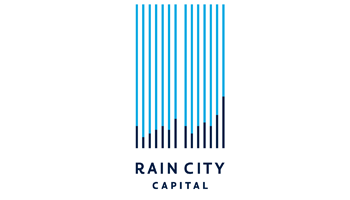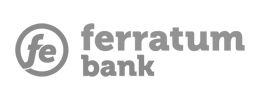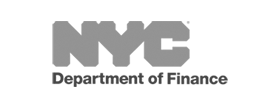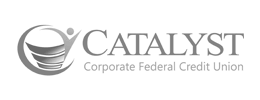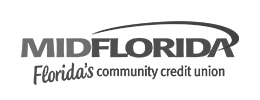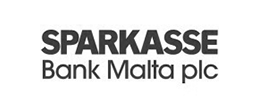US State Treasury – Reconciling Complexity for the Common Good
Government entities such as state treasury institutions, often are among the largest organizations in terms of assets managed and cash turnover. They oversee public funds and are responsible for their gathering, safekeeping, redistribution, and investment. Apart from the sheer magnitude of financial management efforts required, institutions in custody of public funds must comply with high standards of accountability, transparency, and public interest service. Those standards are strictly stipulated in the legislation of the respective jurisdiction.
One such example are the state treasuries in the USA. They are established in line with state constitutions and although the scope of their functions slightly varies from case to case, their design is essentially identical. They are authorized by law to manage state financial resources prudently, maintain liquidity to meet cash flows, and support financially policy objectives. More often than not, the incumbents are elected officials and therefore are personally held accountable by their constituency for the efficiency of their management decisions.
State treasury functions and the key role of account reconciliation
State treasury functions encompass a wide range of activities. In general, they involve fiscal management duties – receiving, depositing, and investing general and/or custodial state funds. They are allocated in infrastructure projects and public welfare programs such as retirement of state employees, healthcare, disability, college savings investment, etc. Debt management (bonds issuance) falls within its domain, too.
Within the broad scope of assets administrated in the state treasury portfolio could be unclaimed property, revenues from sales of state land, rights to exploit natural resources, funds for guarantee of saving deposits, etc.
Investments reconciliation
Apart from asset accounting, the treasury renders banking services to the state agencies. Deposits from local, state and federal source are accepted. Local authorities leverage Treasury’s experience and volumes in managing idle cash investment in fixed-income, equity products, and securities of various maturity periods. The primary objective is to preserve the principal, a secondary – to yield a highest possible return.
Cash reconciliation
The managed asset portfolio is worth billions of USD. The cash position is of similar size. On operational level, the state treasury office takes care of receipts and disbursements. It may redeem, countersign and distribute warrants (check issued for services delivered as part of public procurement) and checks as part of its prerogatives. Cash management is an integral part of its daily business as cash, checks and electronic payments are processed.
Bank reconciliation
Statutory accounts reconcilement of various frequency is performed. Thousands of account balances and a dozen of commercial bank sources are processed and sorted out. Cash Management divisions are in charge of treasury operations, as well as balancing the General Leger every day and performing monthly bank reconciliation. Treasury accommodates Federal Reserve wires for funding of local agencies.
Balance sheet account reconciliation
It has become evident that a workload of that proportion outweighs conventional manual procedures and spreadsheet based reconciliation frameworks. Automation of balance sheet account reconciliation and period-end close would guarantee proper separation of duties between preparer, reviewer and approver. An end-to-end software solution would ensure proper documentation and granular audit trail.
State treasury must demonstrate robust reporting, internal controls, auditability
The constitutional principle of checks and balances enforces auditability and independent regulatory scrutiny. Stringent control on efficiency, responsible management and accountability discourage misuse and uphold public trust. The treasury is subject to frequent external audits and is obliged to produce regular reports.
All encompassing reconciliations automation – mission possible for state treasury
The account reconciliations and transactions tracking would be performed with significant time savings and increased accuracy. Thus the treasury accounting staff can focus on outstanding items and their resolution instead of tedious repetitive tasks. Risk mitigation measures such as scheduling of the reconciliation task and prompting the officials with assigned roles in the balance sheet certification process would offset potential lapses in terms of missing deadlines, separation of duties override, errors and omissions.
Benefits of the automated account reconciliation software
ReconArt™ is a Total Reconciliation Lifecycle solution that responds to all of the above mentioned challenges with ease:
- One integrated solution for all reconcilement tasks.
- User-friendly and quick to adopt. Business users with Excel proficiency love it.
- Full automation capabilities – data sources feed the system without human intervention, powerful rule-based matching engine, GL posting, workflow scheduler.
- Integration with various systems – ERPs, in-house accounting software, banking platforms, third-party tools. No technological disruption.
- Communication with all kinds of data format standards including ACH, FIRD, SWIFT, XML, CSV, etc.
- Granular audit trail – documentation attachments archive, appended notes, drill-down to transaction level, user rights configuration and system log
- A rich library of customizable reports and dashboard visualization of current status.
- Continual investment in a best practice solution.
- Competitive price.

 follow our blog
follow our blog